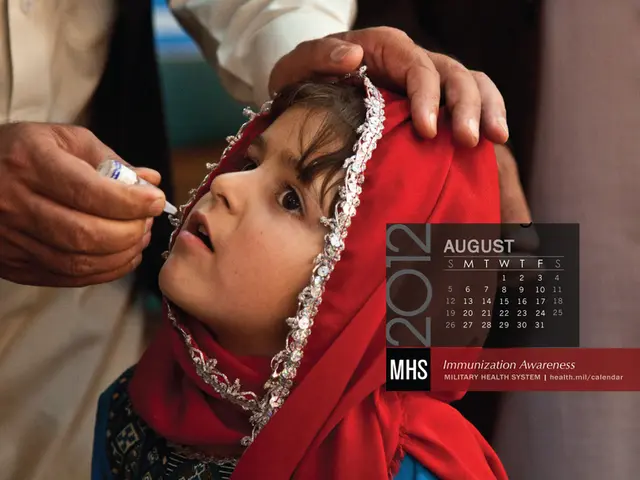MRSA Colonization: Spread, Protective Measures, and Further Insights into Staph Infections
Methicillin-resistant Staphylococcus aureus (MRSA) colonization implies the presence of bacteria on or within the body without causing an infection. Individuals carrying MRSA bacteria may not exhibit symptoms of an MRSA infection.
The MRSA bacteria can reside in moist areas such as the nose, throat, groin, armpits, skin folds, and perineal region. Although it does not trigger symptoms, MRSA colonization poses a concern for healthcare professionals since individuals carrying the bacteria can inadvertently spread it, potentially causing an infection, particularly in healthcare settings.
MRSA infections are harmful due to the resistance of Staphylococcus aureus strains to numerous common antibiotics, including methicillin and related drugs such as penicillin, amoxicillin, and oxacillin. This resistance makes treatment more difficult and potentially more dangerous, especially for vulnerable individuals.
MRSA can spread through close contact with infected or colonized individuals, sharing unclean equipment or supplies, environmental contamination of household surfaces, and other means. Colonization sometimes leads to infection, particularly if an individual's immune system is weakened or there's an open wound. Strict adherence to hygiene guidelines is essential to minimize the risk of MRSA colonization and infection.
These guidelines include washing hands and showering with antiseptic soap regularly, keeping wounds clean and covered, avoiding sharing personal items like towels, razors, clothing, and bedding, washing clothes, sheets, and towels in hot water and drying on high heat, and disinfecting surface areas frequently.
In medical settings, medical professionals may screen individuals for the presence of MRSA bacteria, especially those preparing for surgery. If detected, they may prescribe a nasal cream or spray, body wash, and shampoo to reduce the MRSA bacteria. Users may need to utilize these products for approximately 5-10 days.
Individuals should monitor their skin for signs of infection, particularly at sites with cuts or abrasions. Signs of an MRSA infection include pain, redness, pus, swelling, and warmth. By adhering to hygiene guidelines at home and in medical settings, people can help minimize the probability of MRSA colonization and infection.
Although MRSA infections usually do not resolve without treatment, factors contributing to their persistence include immune system response, resistance mechanisms, environmental factors, biofilm formation, and host factors like underlying health conditions. Treatment involves targeted antibiotic therapy, often with drugs like vancomycin or linezolid, along with wound care and infection prevention measures.
To manage MRSA, it is crucial to address factors leading to its persistence, such as enhancing hygiene practices, implementing infection control measures, and reducing environmental contamination to prevent the spread of resistant strains.
- The MRSA bacteria, a superbug known for its resistance to numerous antibiotics, can be found in various moist areas of the body, such as the nose, throat, and skin folds, even when it doesn't cause an infectious infection.
- In medical-conditions where the immune system is weakened or there's an open wound, the MRSA bacteria can lead to chronic-diseases like infections.
- Therapies-and-treatments for MRSA infections usually involve targeted antibiotic therapy, like vancomycin or linezolid, along with wound care and infection prevention measures.
- Adhering to health-and-wellness guidelines, such as regular hand-washing and keeping wounds clean and covered, can help minimize the risk of MRSA colonization and infection.
- Mental-health is also crucial in managing MRSA, as understanding the severity of resistant bacteria and how to prevent its spread can promote a more proactive approach towards nutritional measures (like CBD, if recommended by a healthcare professional) and self-care practices.







